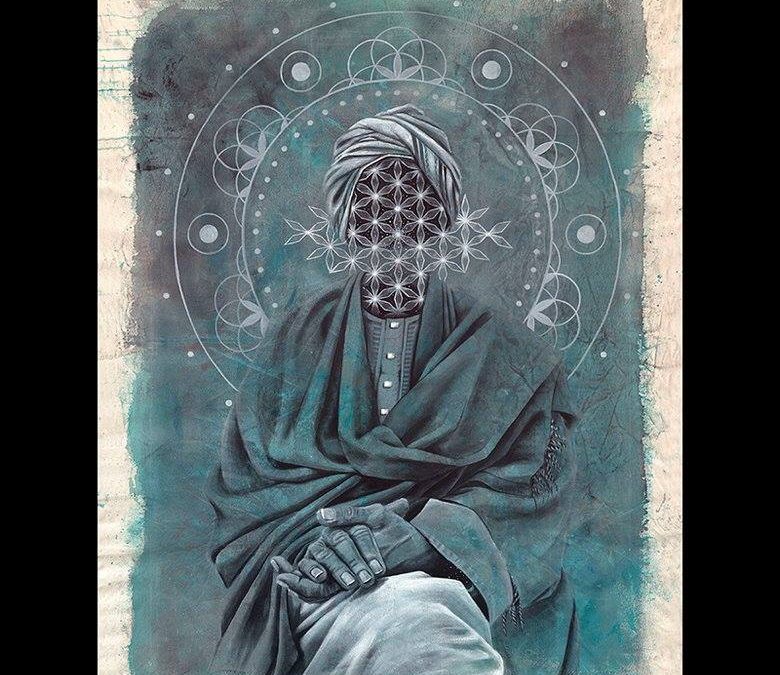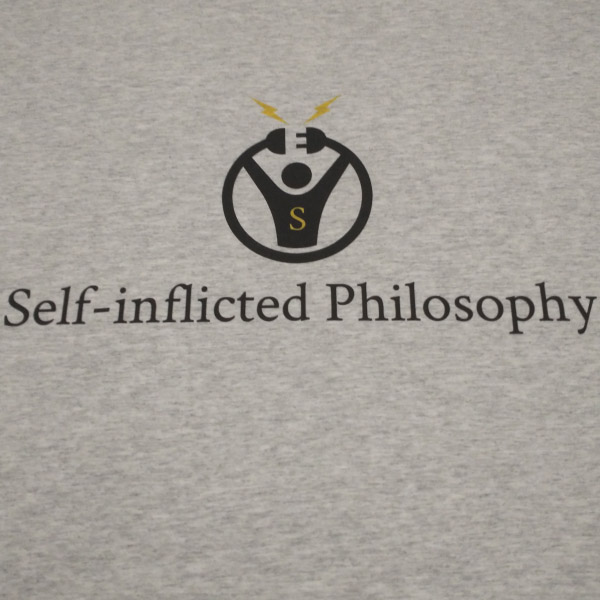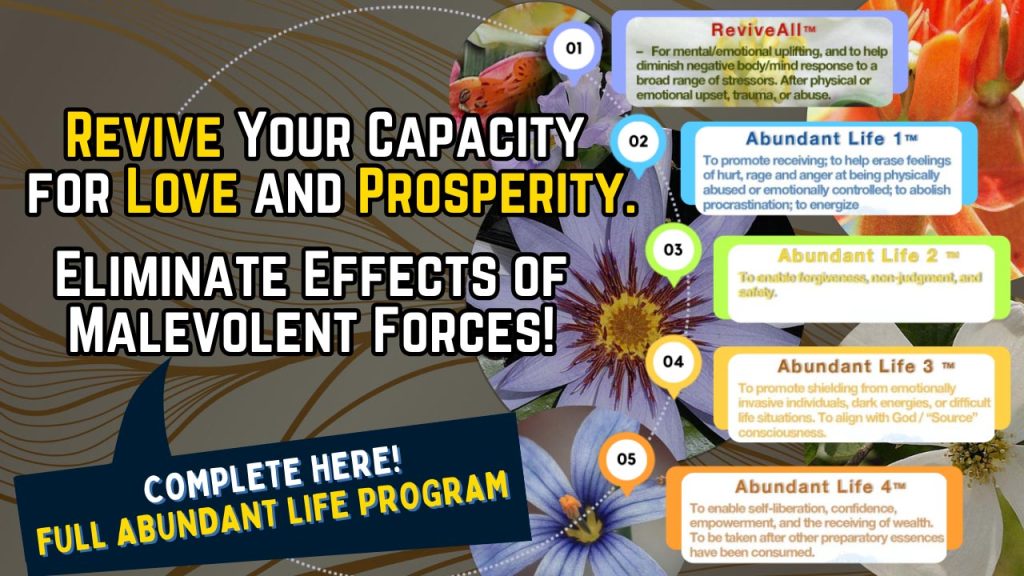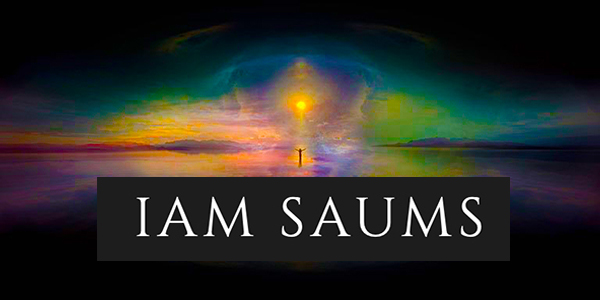By Gary Z McGee
“The sage battles his own ego; the fool battles everyone else’s.” ~Sufi Proverb
The trickster sage battles both his ego AND everyone else’s. He’s a double-edged sword. He cuts himself even as he cuts the world. He cuts his own ego first but, knowing that he is the world, and the world is him, he also cuts the world. He battles against Certainty to keep Curiosity at the forefront of the human condition.
The trickster sage understands that the cure for certainty is curiosity. The cure for hardened belief is flexible thought. The cure for seriousness is playfulness. And so, he plays with archetypes like a kid plays with toys.
Archetypes provide a powerful way to understand the human mind. They map out the multilayered manifestations of the mindscape. Because the human mind is anything but singular. It is multifariously plural.
A multitude of archetypal characters exist there. Most of which reside in the unconscious, working behind the scenes but influencing almost everything we do. They influence behavior, trigger emotions, and provide meaning.
“Archetypes,” wrote Jung, “are the living system of reactions and aptitudes that determine the individual’s life in invisible ways.” Archetypes are unconscious psychosocial symbols representing forms, themes, and concepts in the world.
Archetypes are ideas that resonate across a wide swathe of the human experience, despite differing conditions. They are kind of like a foundational human story, something we intuitively understand. They instinctively feel true.
Why is this? Because the human mind is a storytelling machine. It’s a symbolic generator, inputting symbols and outputting symbols almost entirely behind the scenes. Archetypes are just the mythological personification of these unconscious symbols. They are cross-cultural. So, when you think of archetypes, think about them as set patterns of behavior shared by all of humanity.
Here are the three archetypes critical to this article:
The Sage: Old wise man/woman, wizard, magician, monk.
The Shadow: repressed fear, fierceness, darkside, power.
The Trickster: fool, jester, shapeshifter, Will to Humor.
The enlightened sage, having gained a certain transcendent perspective in his mastery, uses the archetypes to level-up. The sage must strategically trick himself to get out of his own way. Shooting himself in the foot, the sage keeps “leveling-up,” he kicks himself out of his own comfort zone. Again, and again. He gains the heightened awareness that we are God playing peek a boo with itself. We are the world at play.
It’s when we stop “playing” that we run into problems. When playfulness becomes seriousness, when spirited thought becomes serious belief, we lose sight of the underlying essence. So as not to lose sight of the underlying essence, the sage must integrate his shadow to activate his inner trickster. Because only the shadow has the teeth to rip a hole in the sacred, and only the trickster has the audacity and the insouciance to get power over power through his Will to Humor.
Thus, the trickster sage is born, a force of fate, a jagged arrow, a spiderweb thunderbolt. He shows by audacious example how to stay ahead of the curve. He battles his ego, wins, puts it on a leash led by his Soul, and then he turns it on the world. He teaches how to lower heaven into hell and how to raise hell into heaven. He swaps God’s heart with the Devil’s.
Challenging the world, he says, “Create heaven if you can. Revel in heavenly power. Just don’t get stuck there. You must create something powerful enough to take it down a notch. Because power tends to corrupt and absolute power corrupts absolutely.”
Apropos, as he has shown, the sage creates a “heaven,” then he integrates his shadow so that he has something strong enough to tear a hole in his mastery, in his certainty, in his power, in his perceived truth. Then he integrates his trickster to gain a sense of humor and to have a laugh. Then he remains in that heightened state of humor, filtering all things through a sieve of wise laughter.
As Robert Greene said, “When it comes to the ideas and opinions (and beliefs) you hold, see them as toys or building blocks that you are playing with. Some you will keep, others you will knock down, but your spirit remains flexible and playful.”
The typical sage will hole-up in his knowledge, surrounded by the walls of his certainty, he becomes dogmatic. His cup becomes so full of “truth” that it spills over and can no longer be filled. The trickster sage, on the other hand, consistently empties the cup. He surrenders his perception of truth to the muscle memory of his wisdom so that his cup can continually be filled.
Fill; empty; surrender; repeat. This is the trickster sage’s maxim. Birth; death; rebirth. Learn; unlearn; relearn. Master; recycle; remaster. Condition; uncondition; recondition. Thesis; antithesis; synthesis; meta-synthesis. As Bruce Lee powerfully stated, “Learn the Form, master the Form, forget the Form.”
With each hard reset, the trickster sage’s circle of wisdom expands. It is precisely because he knows he knows nothing that he is able to know more. The trickster element hidden in Socrates’ quote, “The only thing I know is that I know nothing,” is “I know nothing.” This is the Eternal Laughter. This is the Power Over Power.
It’s powerful because without this element, the sage merely becomes a victim of his own mastery. With this element, however, he gains the ability to recycle his own mastery. He trumps mastery with tomfoolery. He trumps hard work with playing even harder. He burns his mastery down and spreads the ashes so that the Phoenix of a new idea might emerge.
As Jordan Peterson said, “If you’re not willing to be a fool then you’ll never start anything new, and if you never start anything new then you won’t develop. The fool is the precursor to the master.”
The trickster sage knows this—balls to bones—and so he integrates it into his trickster dance. He integrates it into his sagacious foxtrot. Fool dances with Master, lockstep in a stutter step twostep, forever. “This is the way to get out of your own way,” he says with a pirouette.
The dance never ends precisely because there is never any stability or lasting order. Nothing is permanent. Everything changes. Life is fleeting. And so, the sage integrates shadow and trickster to become fleetfooted and fancy free. It makes so much strategic sense that it’s laughable.
Fluid and formless as water, the trickster sage swims through the cosmic overwhelm. He swims through his mortal dread. He swims through his existential angst. He swims through his nihilism. He even swims through his own creative annihilation. And he comes out the other side of the cosmic ocean anointed, initiated, polished and honed; a mighty pearl born of an even mightier Pathos.
He emerges from the maze as a walking mythology. He rises out of loss and Logos with a locus of control. His Eros echoes in the halls of the eternal. He has become unconquerable not only because he is willing to be stripped of everything but, more importantly, because he realizes that he is only ever stripped of everything. Being clothed is the illusion. Having something is the illusion. Owning anything, including knowledge, is the illusion.
He understands that he is naked and vulnerable in an indifferent and meaningless universe. But, like the Big Bang that came before him, he has the power of a naked singularity within him. It is within his absolute vulnerability that the trickster sage tricks himself out of nothingness into somethingness, a spark in the dark. Through his laughter alone, he creates meaning in the meaningless void. And the Cycle of the New-layman begins again.
Image source:
Nirguna Brahman by Miles Toland
About the Author:
Gary Z McGee, a former Navy Intelligence Specialist turned philosopher, is the author of Birthday Suit of God and The Looking Glass Man. His works are inspired by the great philosophers of the ages and his wide-awake view of the modern world.
This article (The Archetype of the Trickster Sage) was originally created and published by Self-inflicted Philosophy and is printed here under a Creative Commons license with attribution to Gary Z McGee and self-inflictedphilosophy.com. It may be re-posted freely with proper attribution, author bio, and this statement of copyright.


















